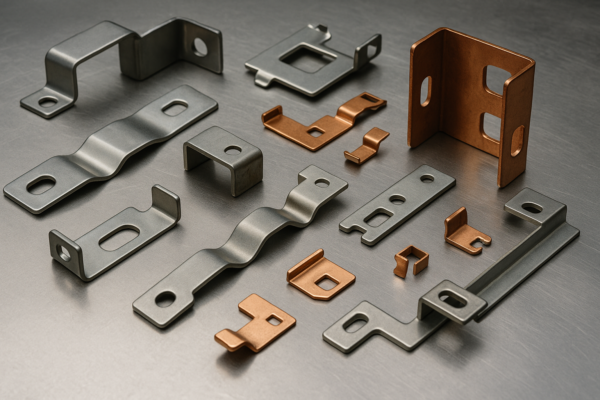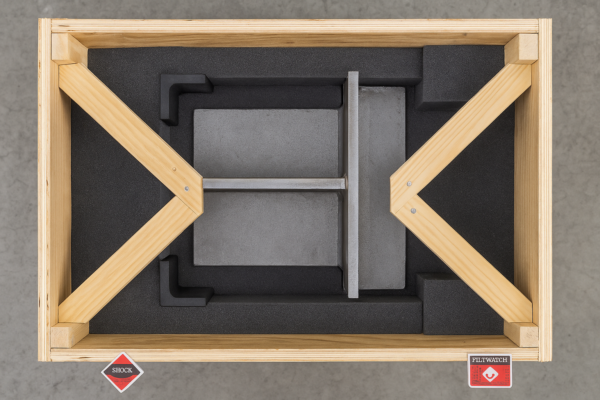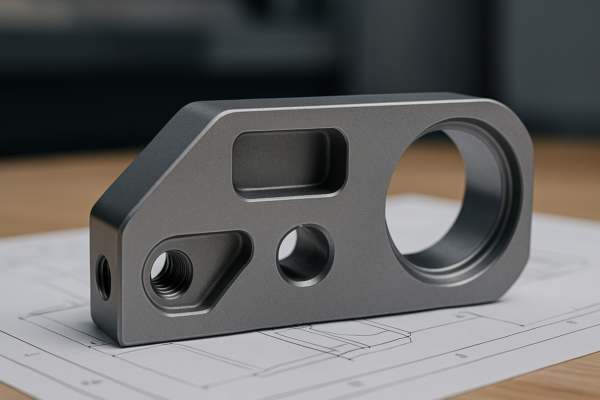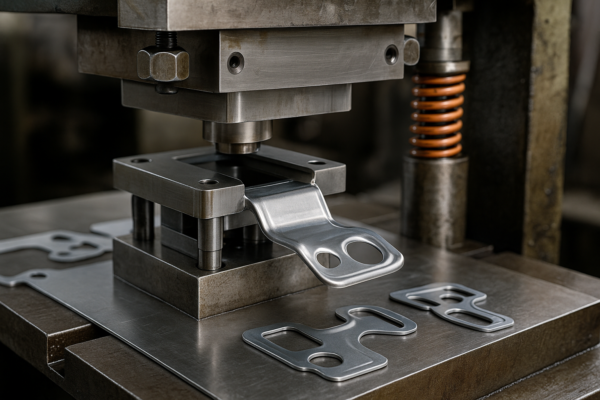Why do blacksmiths use salt and how does it help in forging?
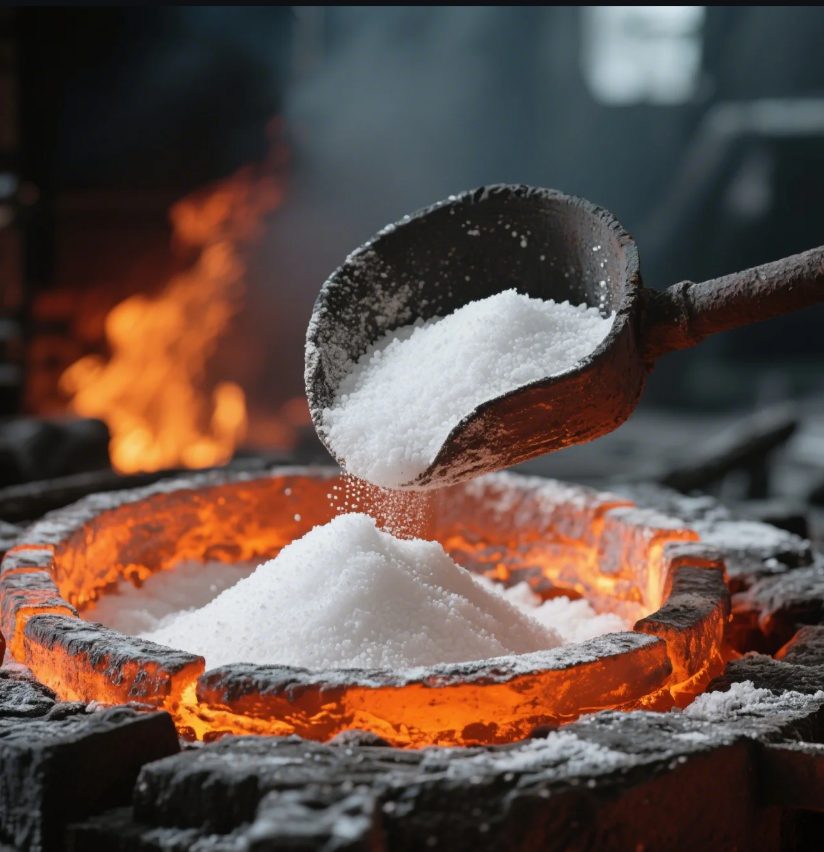
While fire and steel are the stars of blacksmithing, some surprising materials—like salt—also play a hidden role.
Blacksmiths may use salt to clean scale, prevent oxidation, or as a base in custom flux recipes during forging.
Let’s explore the science and tradition behind this curious practice.
LOOP_START
Why do blacksmiths put salt on metal?
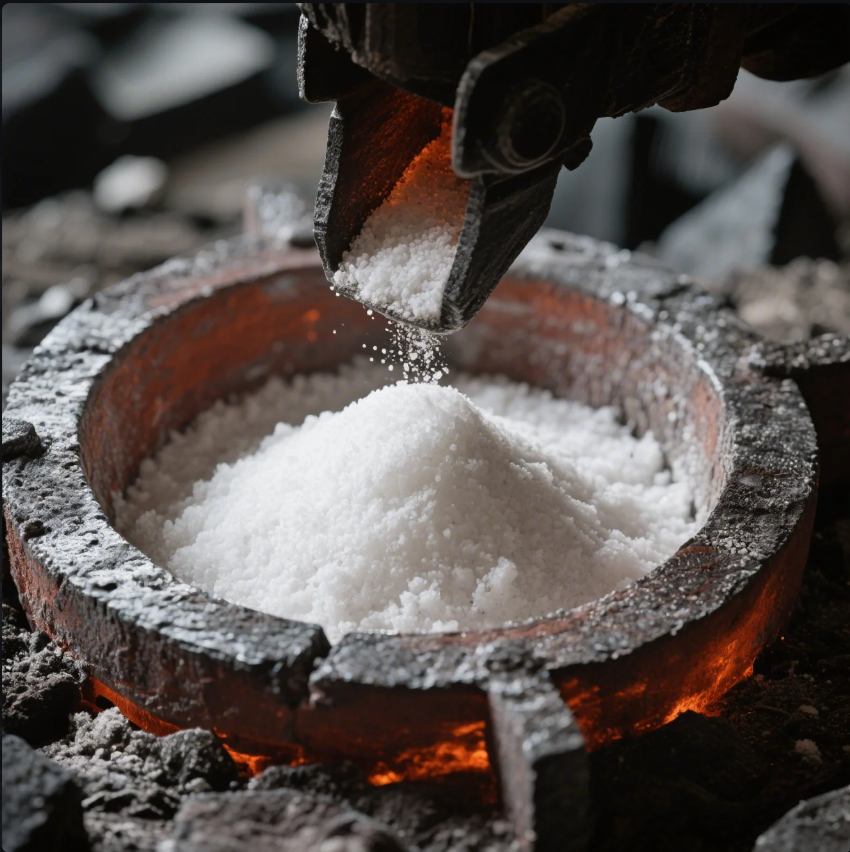
It may look odd, but applying salt has practical effects in the forge.
Blacksmiths sometimes use salt to reduce oxidation and help remove surface scale from heated metal.
How salt helps during forging
| Function | Benefit to Forging Process |
|---|---|
| Anti-Oxidizer | Salt can reduce rusting in high-heat environments |
| Scale Softener | Helps break up mill scale on the metal’s surface |
| DIY Flux Ingredient | Acts as a base in home-brewed flux blends |
Use case at Prime (industrial context)
In modern forging, we don’t use table salt—but we apply anti-scale coatings for similar results. These protect surfaces during high-temp forging of precision aerospace shafts, reducing the need for post-forge surface grinding.
LOOP_END
LOOP_START
Does salt work as flux?

Traditional smiths often make their own flux blends—and salt sometimes makes the list.
Yes, salt can act as a component in flux mixtures, helping dissolve impurities and reduce oxidation.
Typical blacksmith flux blend
| Ingredient | Role in Flux |
|---|---|
| Borax | Primary active component, melts early, cleans scale |
| Table Salt (NaCl) | Adds flow, reduces oxygen reaction at surface |
| Baking Soda | Adds sodium carbonate, softens slag |
Flux in industrial forging
At Prime, we use proprietary flux powders for closed-die aluminum forging to ensure smooth grain flow and surface finish. While salt isn’t used in commercial setups, it reflects centuries of material experimentation.
LOOP_END
LOOP_START
What do blacksmiths use to quench?
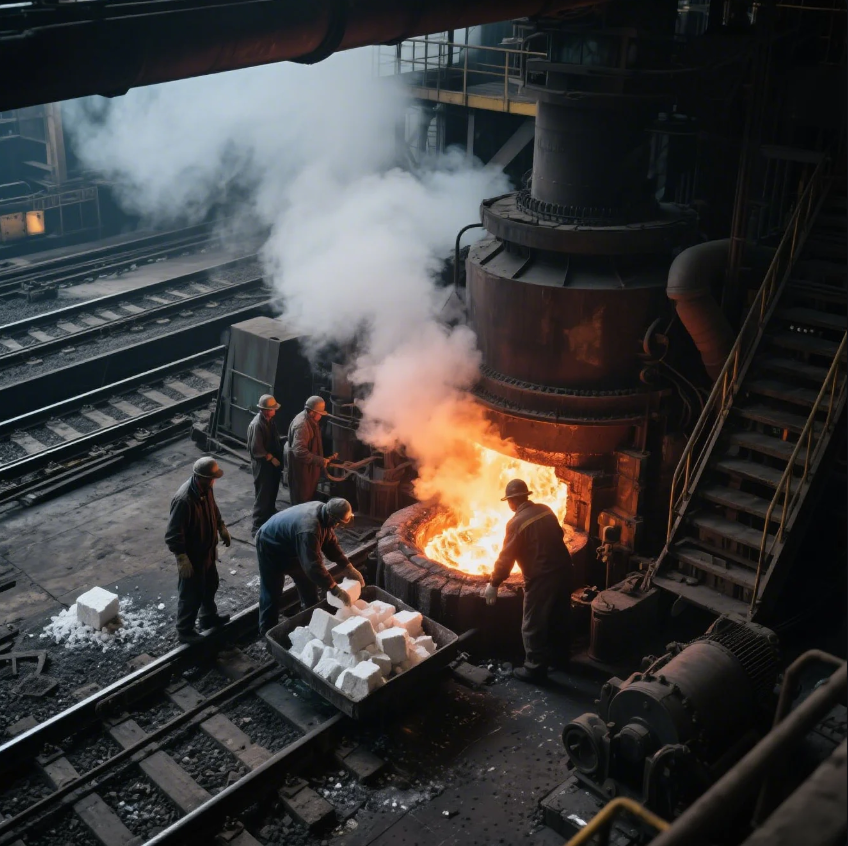
Quenching hardens metal—but choosing the right liquid is critical for success.
Blacksmiths quench using water, oil, or brine depending on the metal type, desired hardness, and cooling rate.
Common quenching mediums
| Medium | Cooling Speed | Best For |
|---|---|---|
| Water | Fast | Low-carbon steel, tools needing extreme hardness |
| Oil | Medium | Alloy steels, reduces cracking |
| Brine (salt water) | Very Fast | Traditional hardening, high risk of cracking |
What we use at Prime
We use controlled quenching tanks with agitated oil or polymer-based solutions for parts like forged motor shafts. This reduces internal stress and warping, while achieving consistent Rockwell hardness ratings across batches.
LOOP_END
LOOP_START
Why do blacksmiths tap the anvil with their hammer?
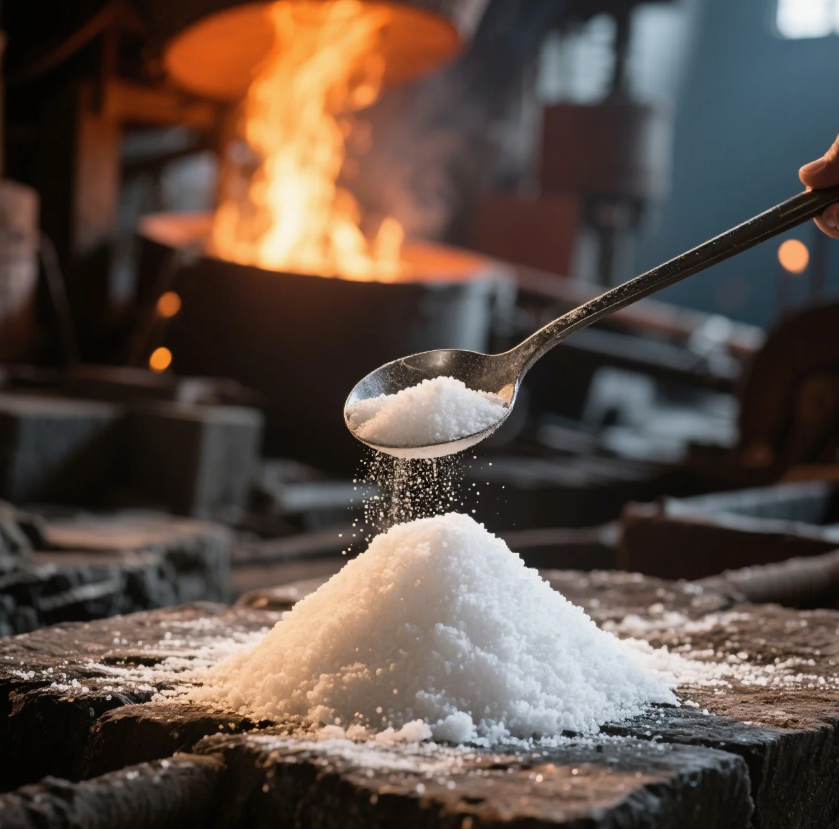
You’ll often see blacksmiths rhythmically tap the anvil—but it’s not just a habit.
Blacksmiths tap the anvil with their hammer to maintain rhythm, test hammer bounce, or reposition their grip.
Reasons for the anvil tap
| Reason | Purpose |
|---|---|
| Rhythm & Timing | Keeps hammer rhythm consistent across strikes |
| Grip Adjustment | Quick moment to shift or reset hand |
| Check Rebound | Tests hammer response and surface consistency |
| Remove Scale | Helps flick off small debris between blows |
What it means in modern practice
While we don’t hand-forge at Prime, our CNC and forging technicians follow precise stroke programming that mirrors this tradition—timing and pressure consistency ensures uniform part geometry and predictable strength.
LOOP_END
Conclusion
Blacksmiths use salt to reduce scale and oxygen, tap anvils for rhythm, and choose their quenching medium with care—every step affects metal performance.
Need industrial-grade forged parts with expert process control? Contact Prime today for a free consultation, custom forging services, and ISO-certified quality—shaped by precision, not superstition.

